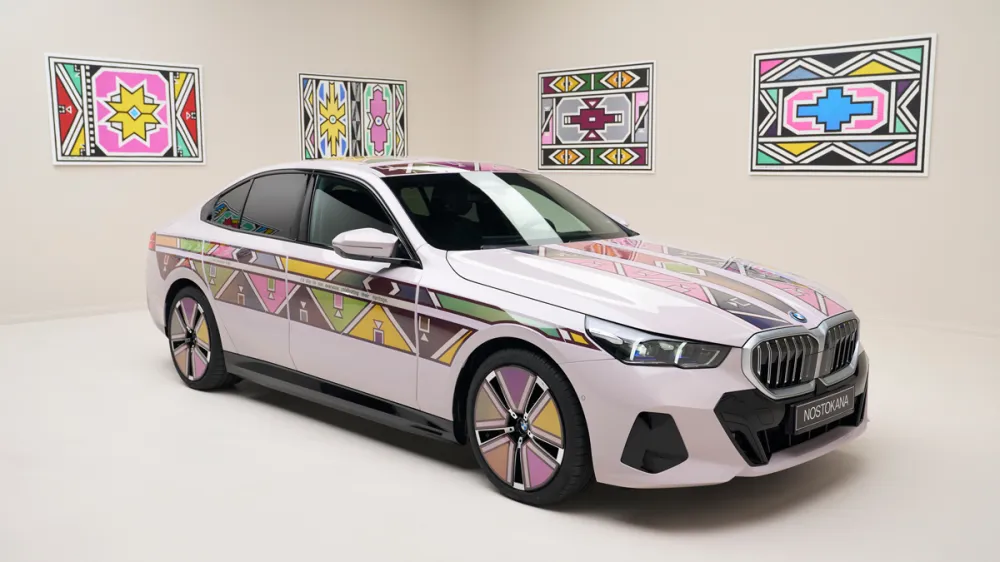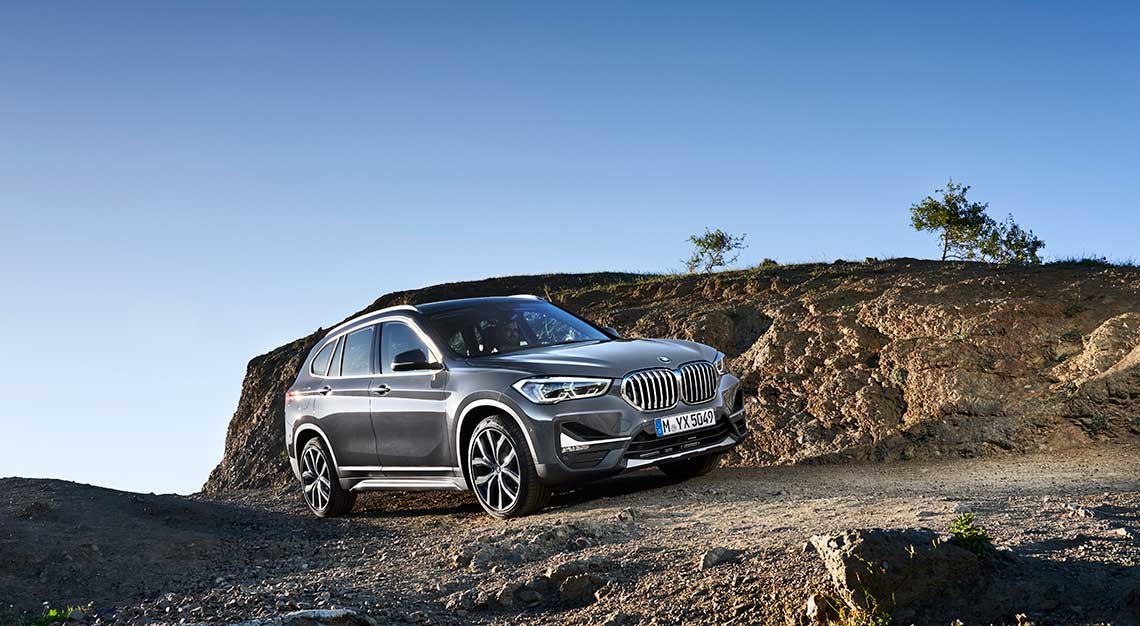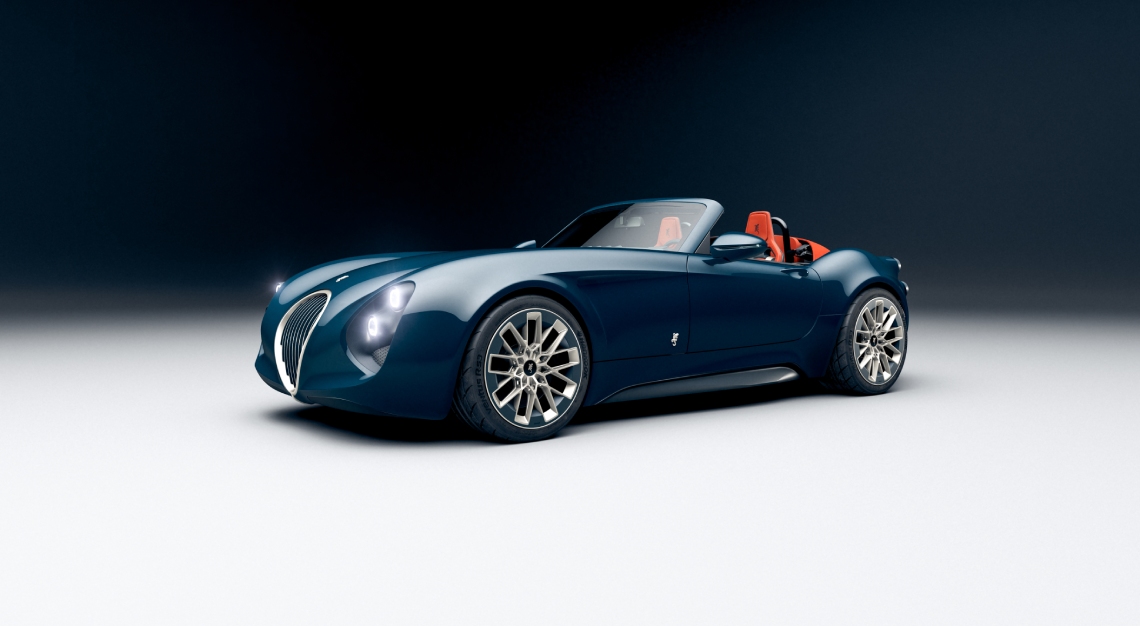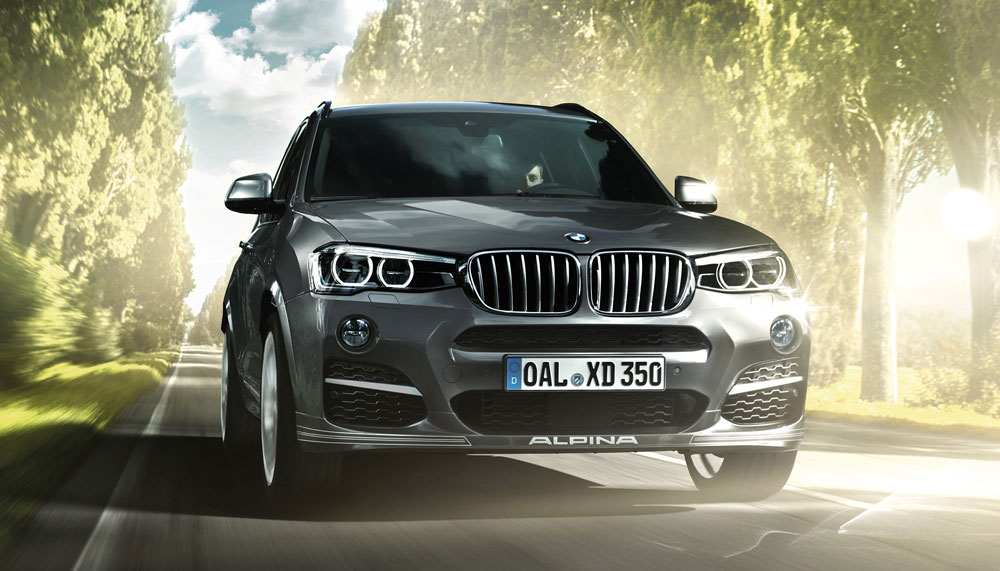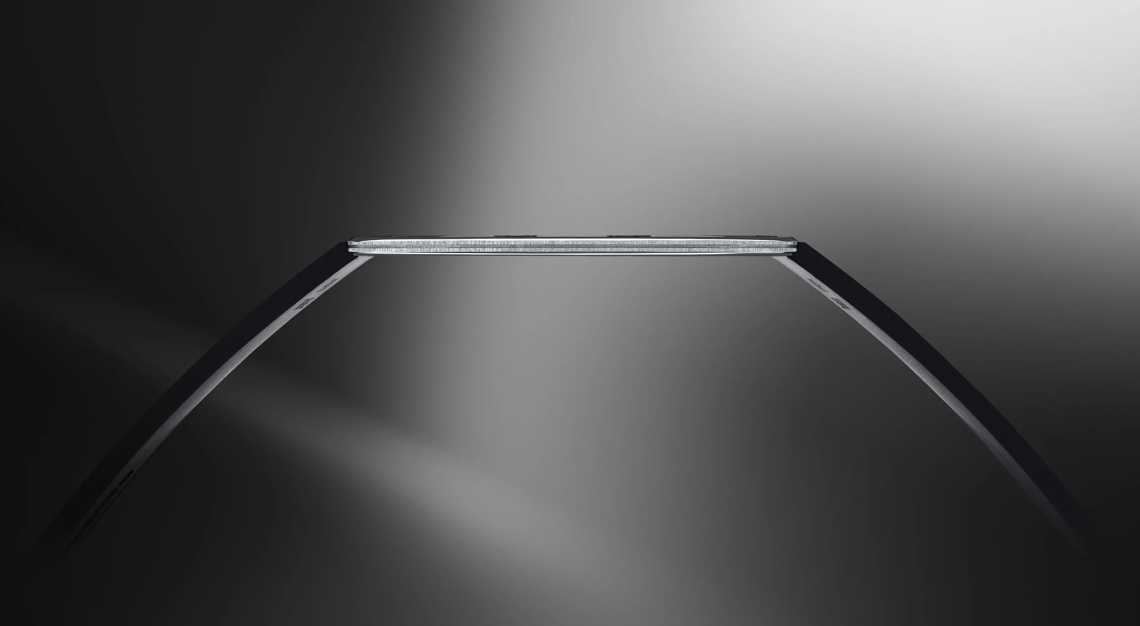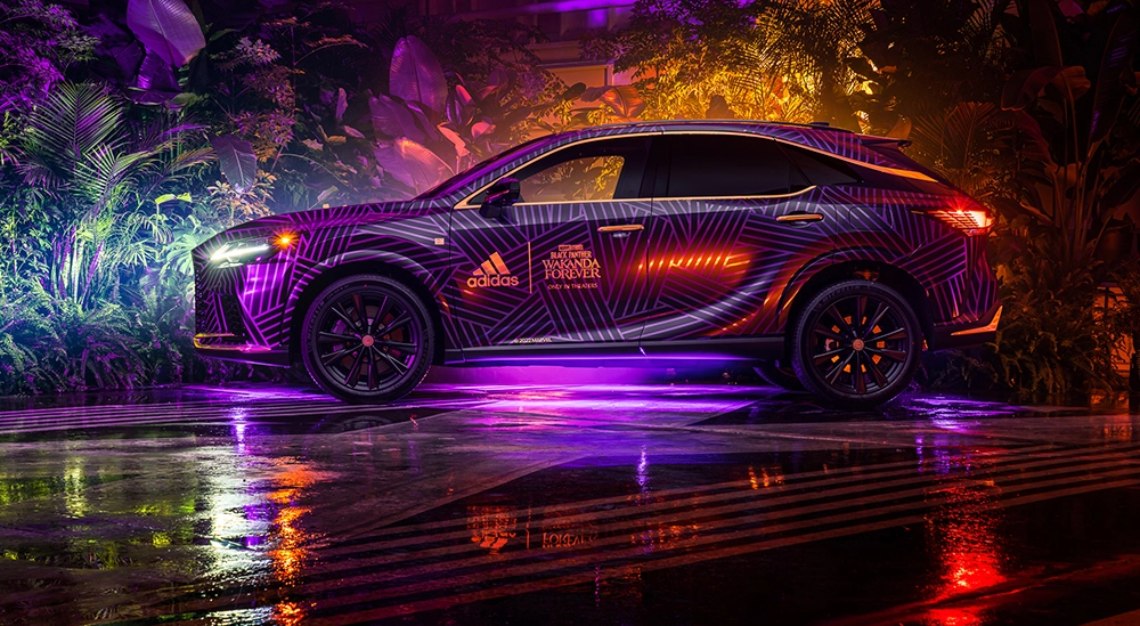This all-electric BMW i5’s exterior showcases the work of South African artist Esther Mahlangu animated in e-ink
At the Frieze Art Fair in Los Angeles, BMW unveiled a stunning and surprisingly animated tribute to an iconic vehicle from the brand’s long-running Art Car program. Based on a 5-Series sedan customised by South African Ndebele artist Esther Mahlangu in 1991, the tribute uses as its “canvas” the body of a contemporary battery-powered 5-Series, the i5. But instead of paint, the new car employs the latest iteration of coloured e-ink—the kind used in e-readers like Kindles—to bring Mahlangu’s vibrant work to life, assembling itself, and marching across the vehicle’s body.
Mahlangu has always adapted to new technologies. She was among the first Ndebele artists to shift from black-and-white and natural paints to acrylic colours, so this move to virtual pigment aligns perfectly for her. “I am always excited to explore new mediums and to collaborate on projects,” Mahlangu says. “When I first started painting, it was murals for the decoration of our houses. I then realised that by using more contemporary mediums, I could show my works to much larger global audiences. This project continues to allow me to achieve this goal.”
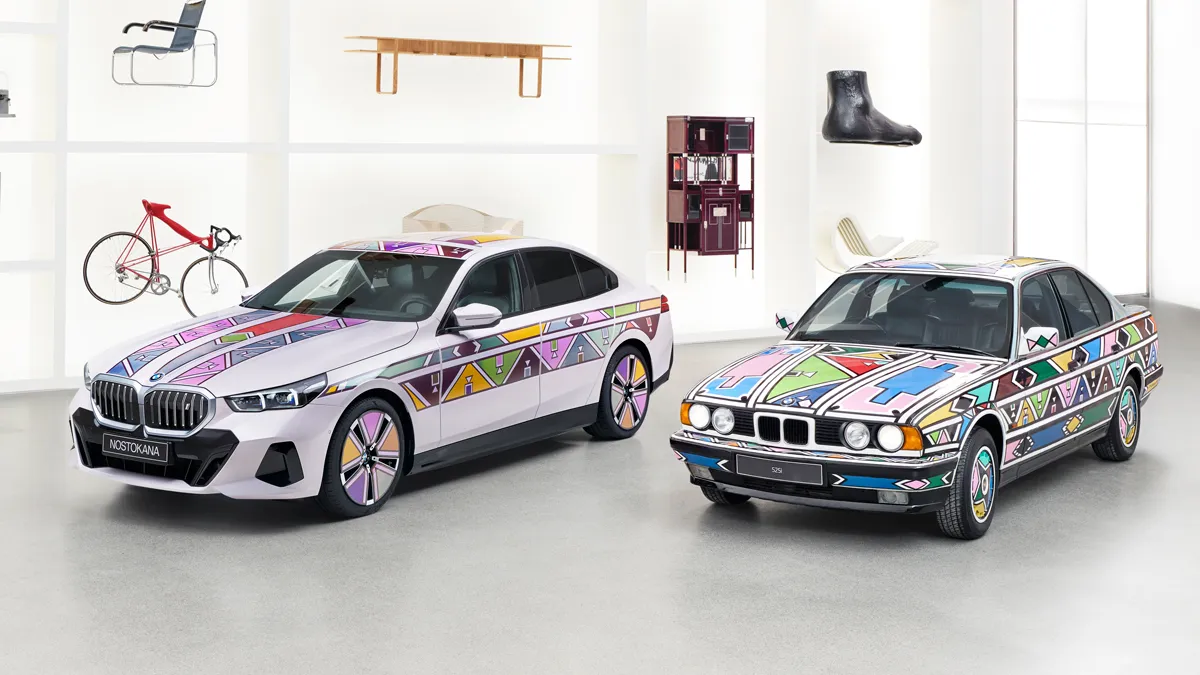
BMW has become a leader in developing automotive applications for electronic ink. It showed its first such concept, the iX Flow, at CES in Las Vegas in 2022. That vehicle was covered in 60 grey-scale electrophoretic film panels. When a current was applied, these were capable of presenting in black, white, or shades thereof, allowing for tessellated animations. In a 2023 CES concept, the i Vision Dee, the tech received a significant upgrade. The number of panels increased to 240, each capable of rendering far more complex and detailed animations in a range of 32 colours.
This latest version represents another leap. Not only is the new car covered in over 1,300 panels, its full colour output is “higher resolution, more seamless, and capable of more complex renderings, but at the same time, the engineering solution as a whole is simpler for applying it to the car,” according to BMW engineer Stella Clarke, who leads the project.
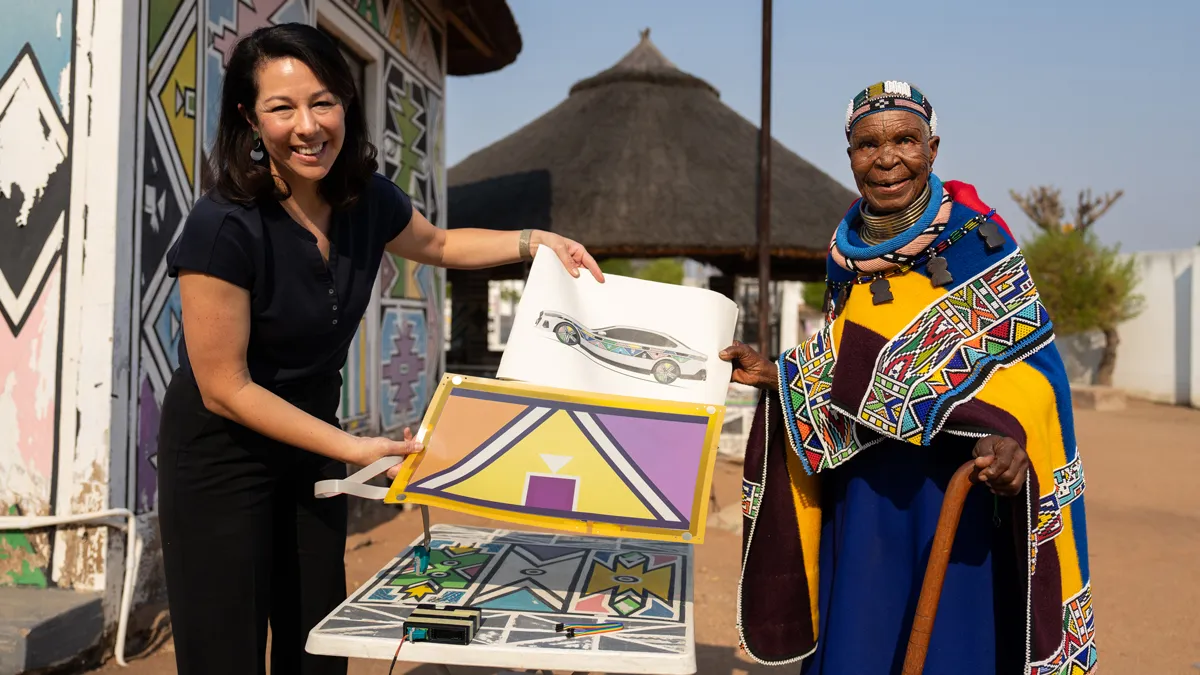
When Clarke was first developing the E Ink concepts, she spent a lot of energy seeking out rational applications to justify the time and expense her investigations required. “I went into all the functionality you could do in terms of changing colour to influence light reflection—switching it white in summer, and black in winter—or, sharing any kind of information you might want to show on the exterior of the car,” Clarke says.
These rationalisations satisfied her engineering mind, but were not what drew lay people to the projects. “Their smiles came with the playful stuff—with the racing stripes and rims that change colours,” says Clarke. “And that’s what’s so wonderful about this project with Esther. It concentrates on joy. And her art also concentrates on joy.”
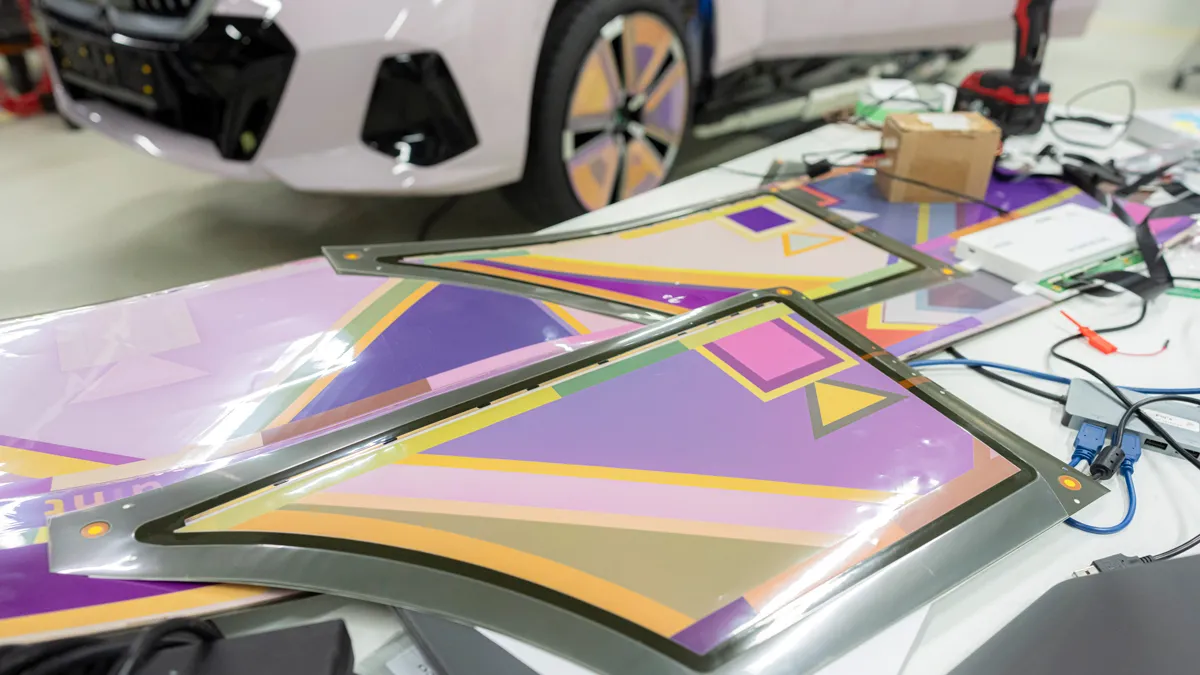
In fact, it was a joyous photo of Mahlangu in another BMW, a 7-Series she had customised with a painted dashboard and interior, that helped catalyse this project. Clarke had seen the image, and was drawn to Mahlangu’s spirit. “Esther Mahlangu was an inspiration to Stella Clarke long before she knew she would have this technology at hand to create her own homage,” says Thomas Girst, BMW’s head of cultural engagement. When, years later, they approached the artist about joining forces to create this new iteration, her interest was robust. “Mahlangu loved the look of her animated work and has always embraced the latest technology to further her cause as an artist with international visibility,” Girst says. “Her iconic Ndebele patterns gain a sense of playfulness via E Ink technology that otherwise may get lost.”
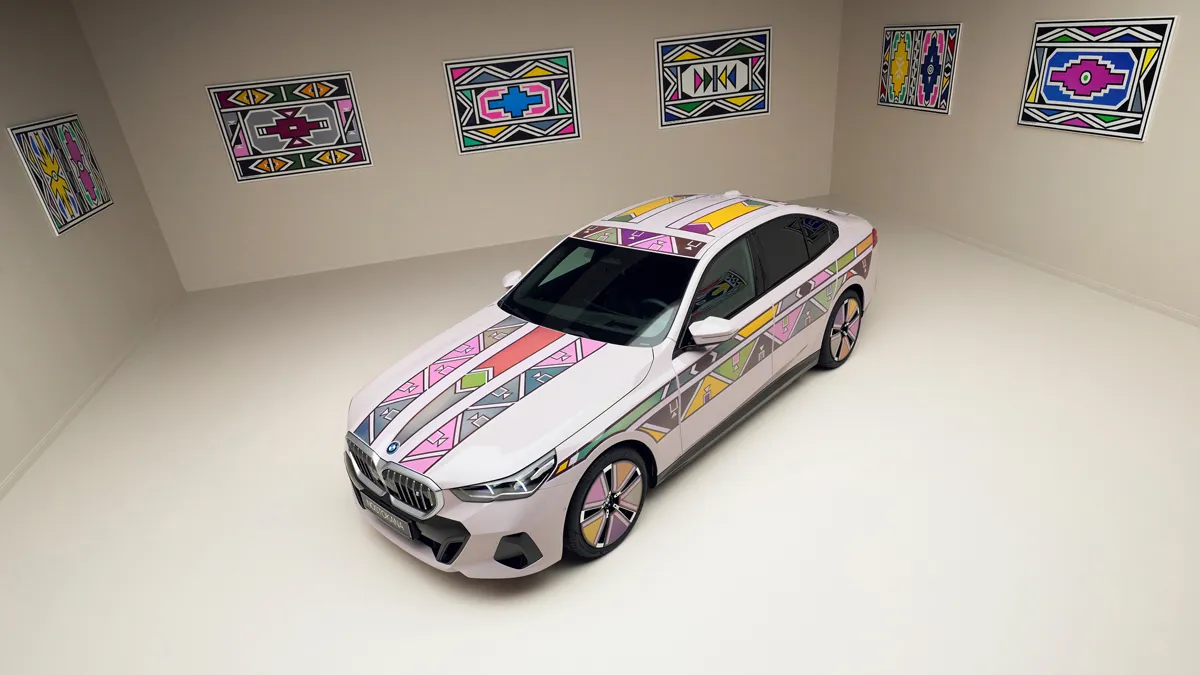
Of course, joy is not the only goal of BMW’s investment in this technology. It may soon have a marketable consumer application. “Technically, you can do it,” Clarke says of applying this finish to the exterior of a production car. There would be a significant cost, of course. But given the five- or six-figure upsell associated with paint-to-sample colours on luxury vehicles from automakers such as BMW, Rolls-Royce, Maybach, or Bugatti, the price may not be prohibitive.
“If you look at the price tag that is put on a static wrap that’s just a special colour, I could not imagine how much people would value the ability to change a colour as well,” Clarke says. “Obviously, I’m not allowed to answer with a number. But we don’t think this is out of scope.”
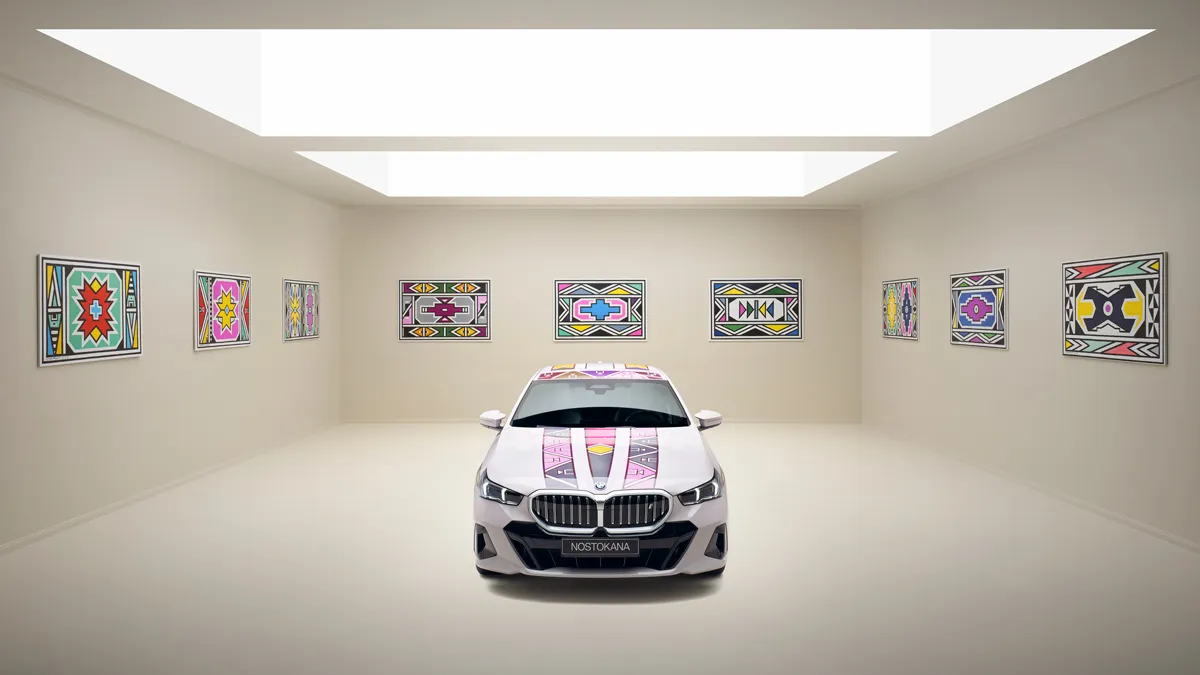
BMW has previously used tech, in the form of an augmented reality app, to allow people to place its art cars, virtually, in nearly any setting. So, we wondered, when or if E Ink becomes available as a consumer technology, if people will acquire the right to decorate their personal vehicles in any Art Car livery.
“When Jeff Koons celebrated the world premiere of his 2010 M3 GT2 BMW Art Car at the Centre Pompidou in Paris, a young woman asked him whether he would also paint her car,” Girst says. “He responded that even better than him painting her car would be for herself to paint her own. We strongly believe that any customer has the right to customise their car in whichever way they want.”
This story was first published on Robb Report USA
